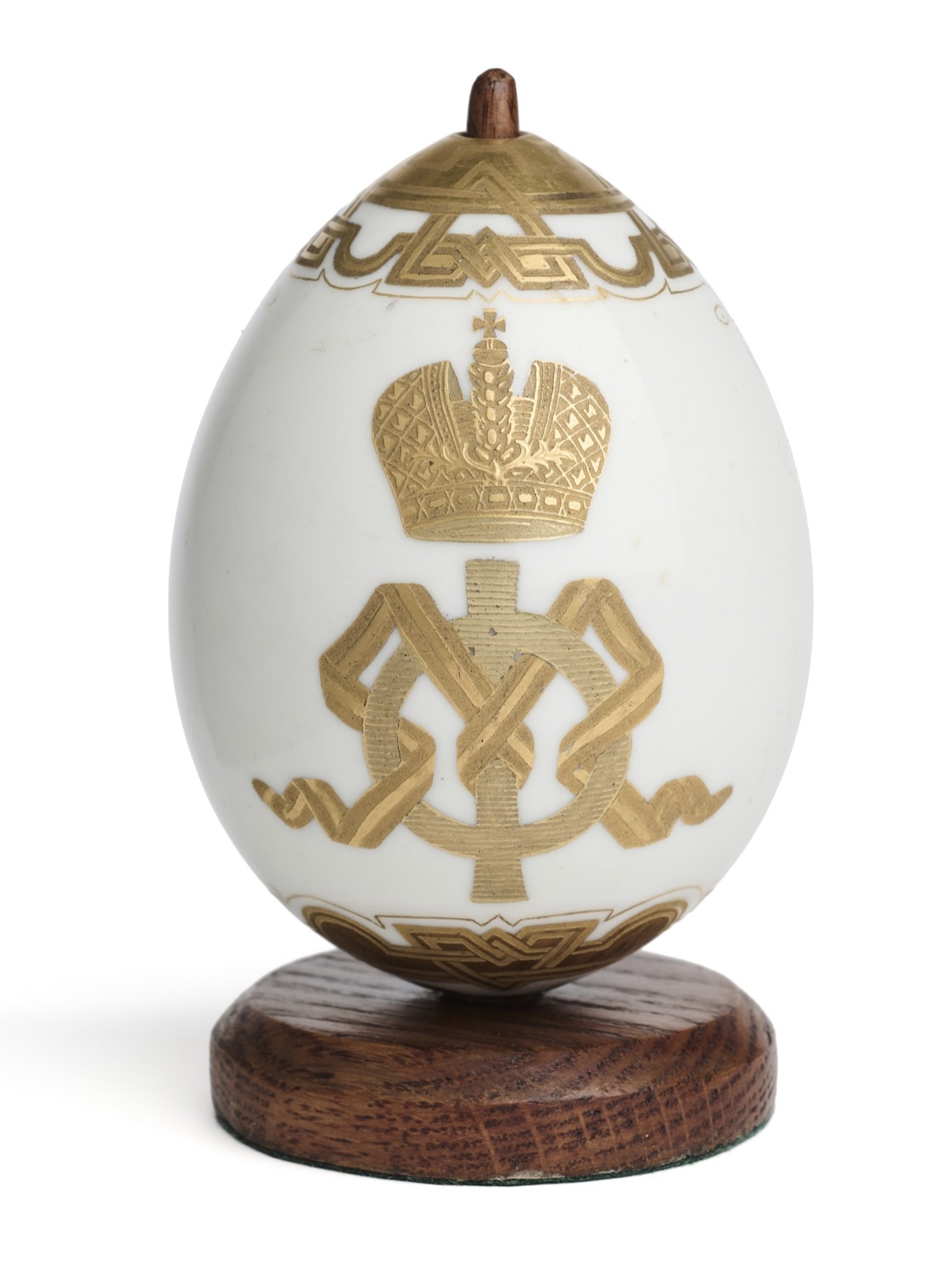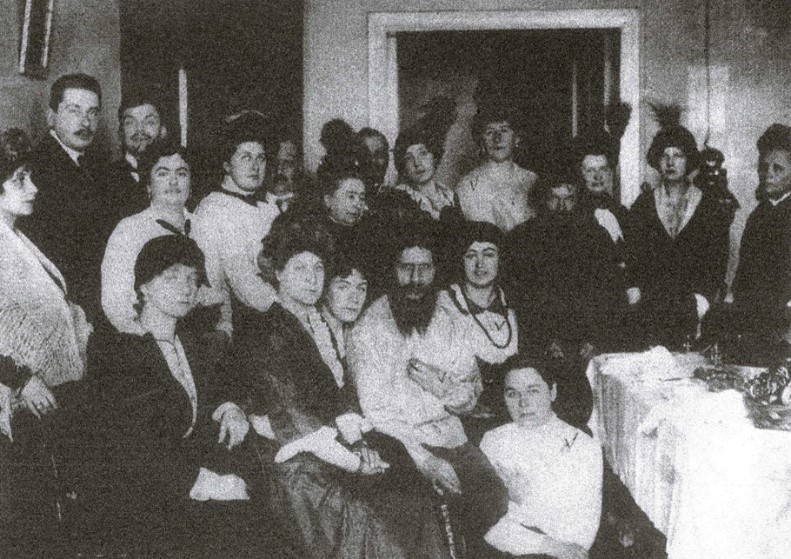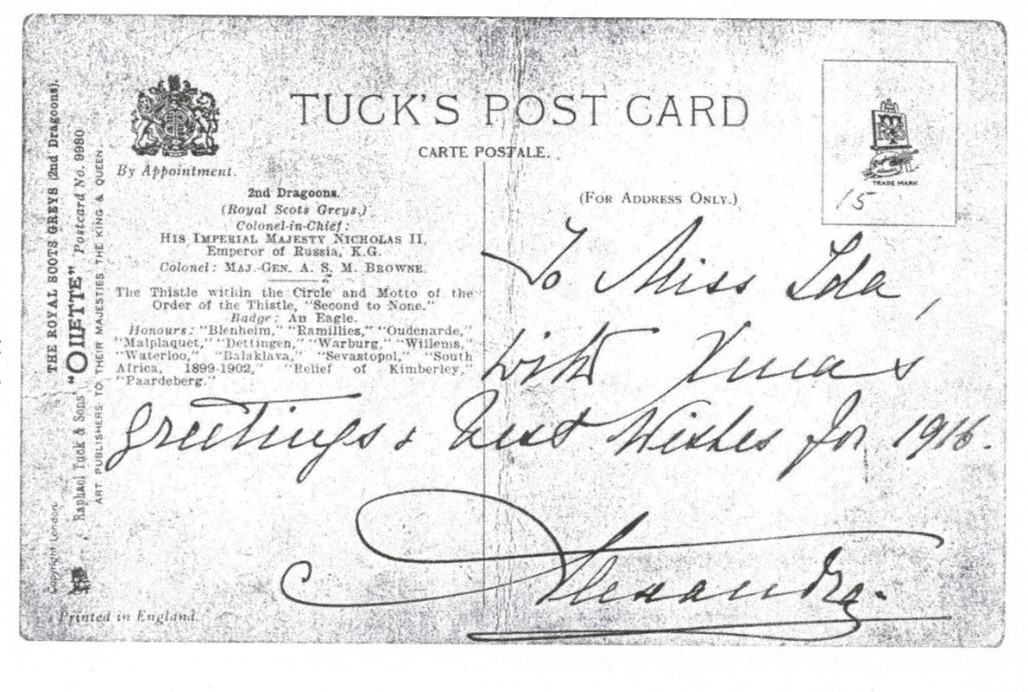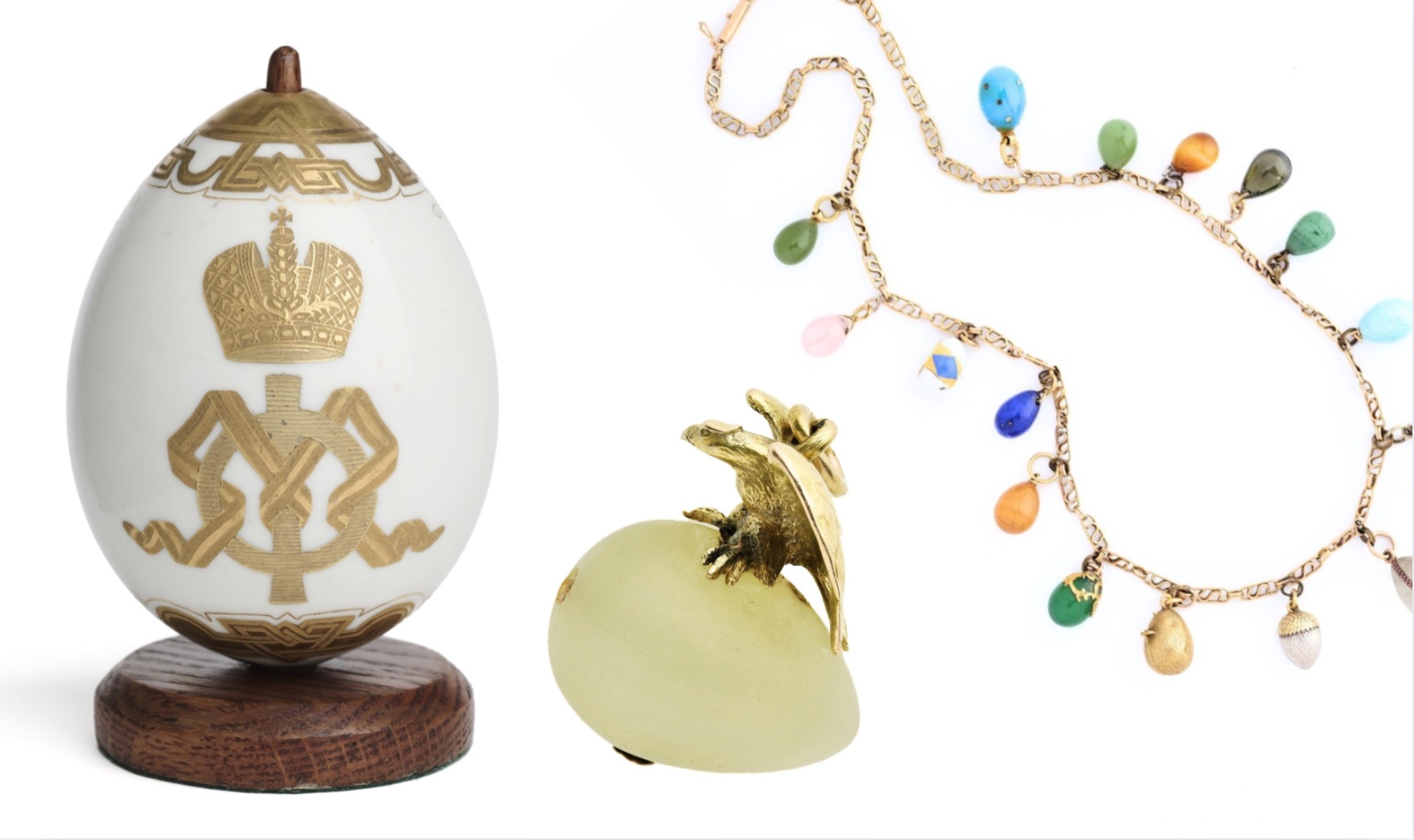#Treasures #Imperial #Russia #sale #Antique #Collecting
Treasures of Imperial Russia that belonged to three British sisters who grew up around the Romanov court will go under the hammer at Olympia Auctions in London on November 21.
May, Ida and Daisy Dickinson were three of six children born into an English family living in St Petersburg. Their father, whose family had been connected with Russia for three generations, ran the Phoenix Ironworks in the Viborg quarter. Until 1905 they lived at some ease but the unrest and economic crisis of the early 1900s resulted in the complete failure of his investments and the family was forced to depart for their mother’s home in Lancashire.
However, pining for the country they considered home, the sisters had all returned to Russia by 1911 when their aunt found them work as governesses. When forced to flee again to avoid the turbulence of the Revolution, they packed trunks and returned to Britain for good. Two of the sisters spent the rest of their lives running a boarding house, which they adorned with Russian ornaments, in the family holiday town of Cleveleys near Blackpool.
Three very special items belonging to the sisters have been brought for sale by their grandson. Included in the auction of European Works of Art, Objects and Silver is an 11cm-high Russian Easter egg from the Imperial Porcelain Manufactory at St Petersburg, gilded with the Imperial ciphers of Empress Maria Feodorovna, c 1890, estimated at £800-1,200.

On the same day, within a Jewellery and Watches sale is a Fabergé bowenite and gold Easter egg pendant, Moscow 1908-17, estimated at £700-1,000.

Elsewhere, a Russian gold and silver necklace, set with 16 gem and hardstone Easter eggs, dating from the 1900s, has an estimate of £1,500-2,500.

The lives of the three sisters are related in a diary kept from 1916-18 by Daisy, later edited by her daughter, the vendor’s mother, and published as Miss Daisy’s Secret Russian Diary (edited by Muriel Delahaye, Troubador Publishing, Leicester, 2017). The diary opens at Easter 1916, recording the gift of the diary itself, money and ‘four small silver easter eggs’ (which might be some of those hung on the necklace the sale but the auction house cannot know for certain.)

Ida worked for Aylia Pistolkors whose sister Anna Verubova was Empress Alexandra’s beloved lady-in-waiting and whose husband Alexander Pistolkors was a stepson of Grand Duke Paul, the Tsar’s uncle. Ida was a frequent visitor at Tsarkoe Selo.

On December 11, 1916, Ida and Daisy were taken, somewhat unwillingly, to a supper with Rasputin at his flat on Gorokhovaya Street. Daisy’s diary revealing that he repeated his prophecy ‘If I am killed,… the Romanov family will also die.’ Following Rasputin’s assassination, on December 31 the diary records that ‘In spite of all the upset about Rasputin Ida still received her Christmas card from the Tsarina’ with the message ‘To Miss Ida / with Kisses / Greetings & Best Wishes for 1916 / Alexandra’. In one of her last surviving letters, written to Anna Verubova from captivity in Tobolsk, the Empress asks after both Anna’s sister Aylia and the governess: ‘Miss Ida is still with her I hope.’

By the start of 1918 the sisters had all managed to make their way back to Britain. Ida had been given permission to leave Russia in May 1917, after an interview with Lenin himself. Daisy and May remained, living through the danger and privations of revolutionary St Petersburg, until a meeting with Trotsky on November 29 led to them finally getting away in mid-December.
Although Daisy later married, Ida and May remained spinsters, ending their days running the boarding house, their precious relics of their days in Imperial Russia passing eventually to the vendor’s mother.
The auction also contains finely painted KPM plaques, other Russian Easter eggs, a marble figure of a young woman by Cesare Lapini, Persian and Iraqi silver, Art Deco Puiforcat silver, Victorian naturalistic silver and 50 lots of silver boxes and smallwork from a private London collection.
The auction of Jewellery and Watches is one of Olympia Auctions’ biannual live sales offering a range of ladies’ and gentlemen’s watches and antique and modern gemstone and gold jewellery. Highlights include a gentleman’s Vacheron Constantin wristwatch, Patek Philippe and Piaget gold Ladies’ wristwatches, Fabergé and Russian Easter Egg pendants, a gold and diamond ‘snake’ armlet, a large ‘en tremblant’ diamond flower spray and a variety of butterfly and insect brooches, a Cartier diamond line bracelet, rare Grima jewellery and collectible pieces by Mrs Charlotte Newman, a British goldsmith and metalworker who ran her own jewellery shop on Savile Row.





